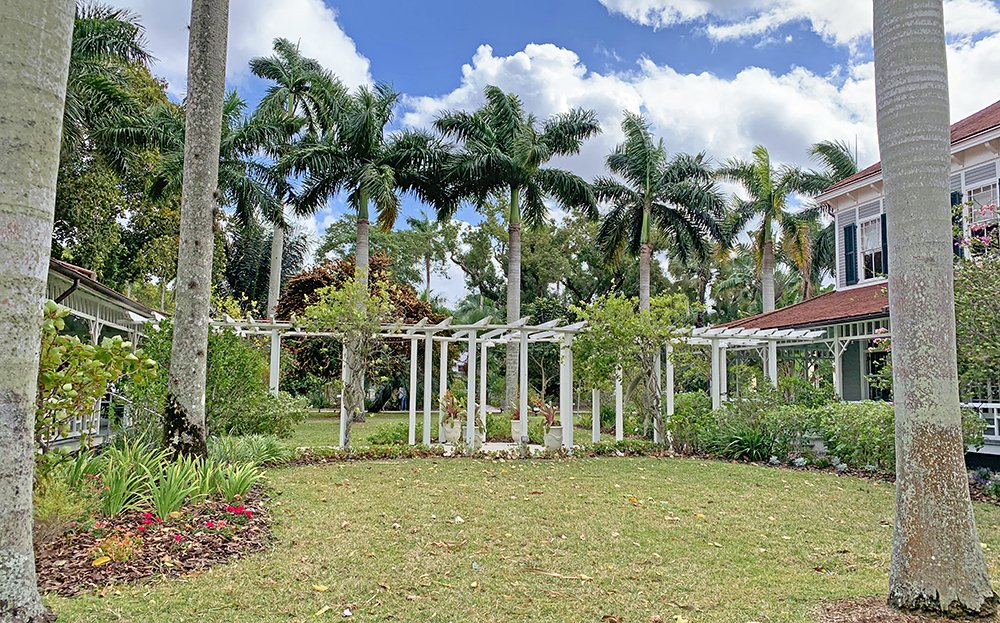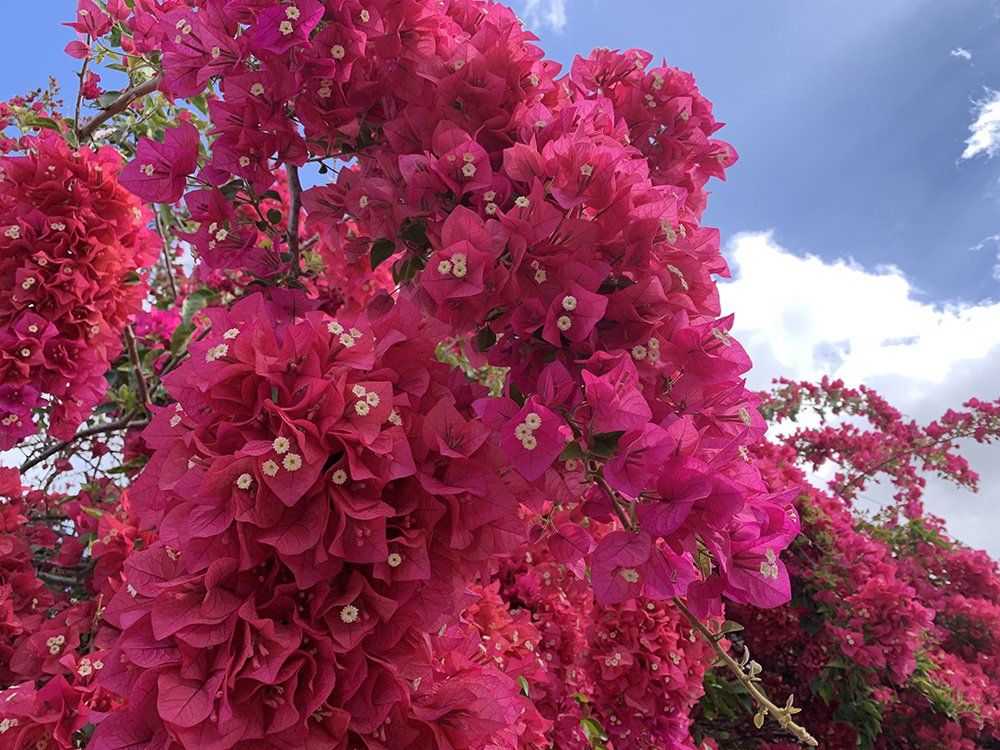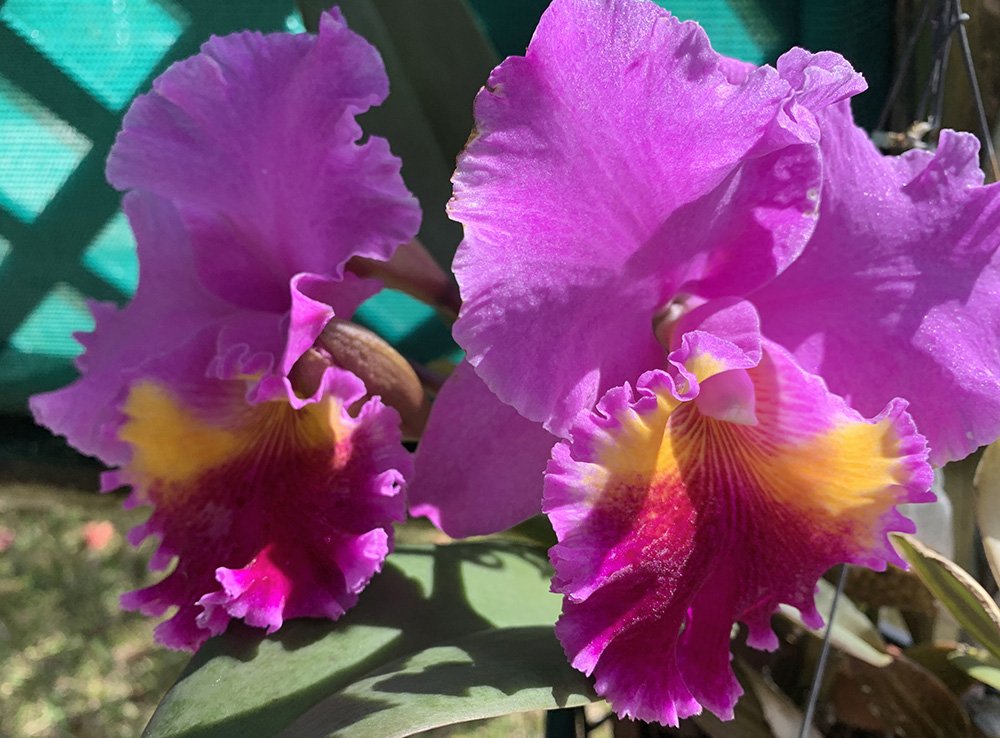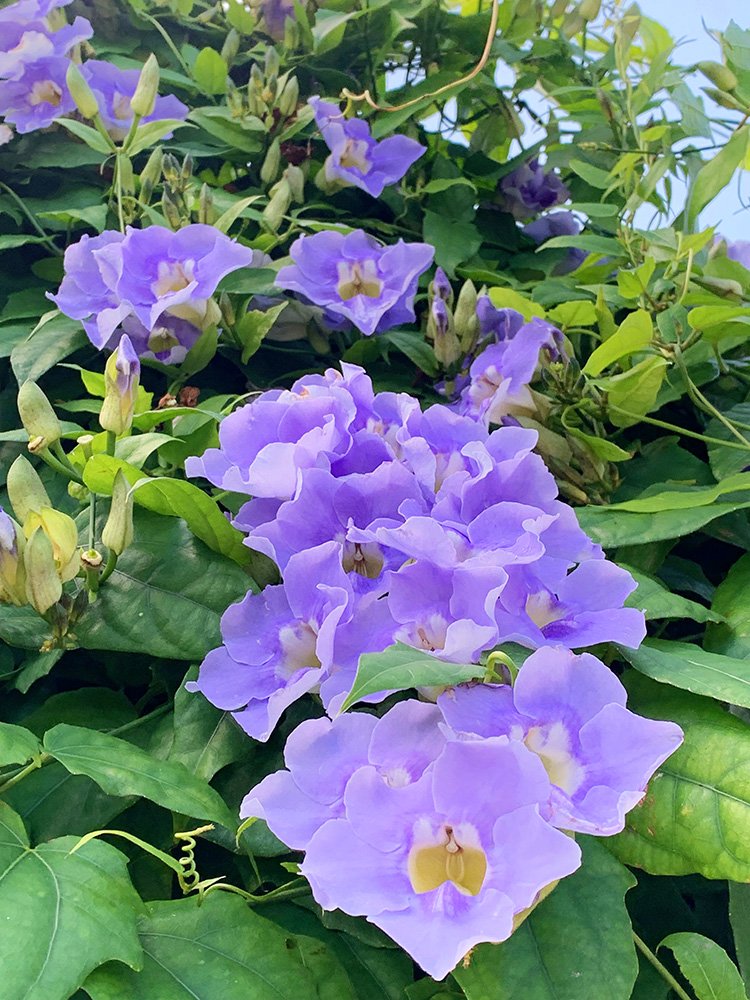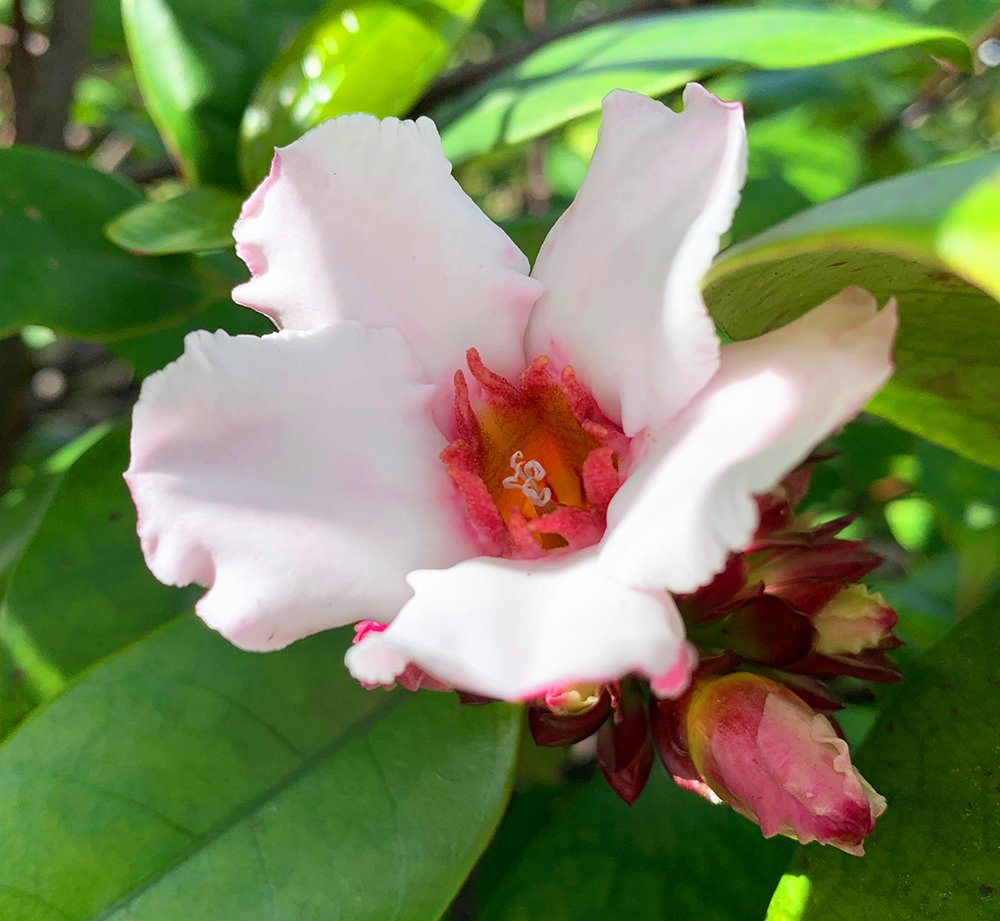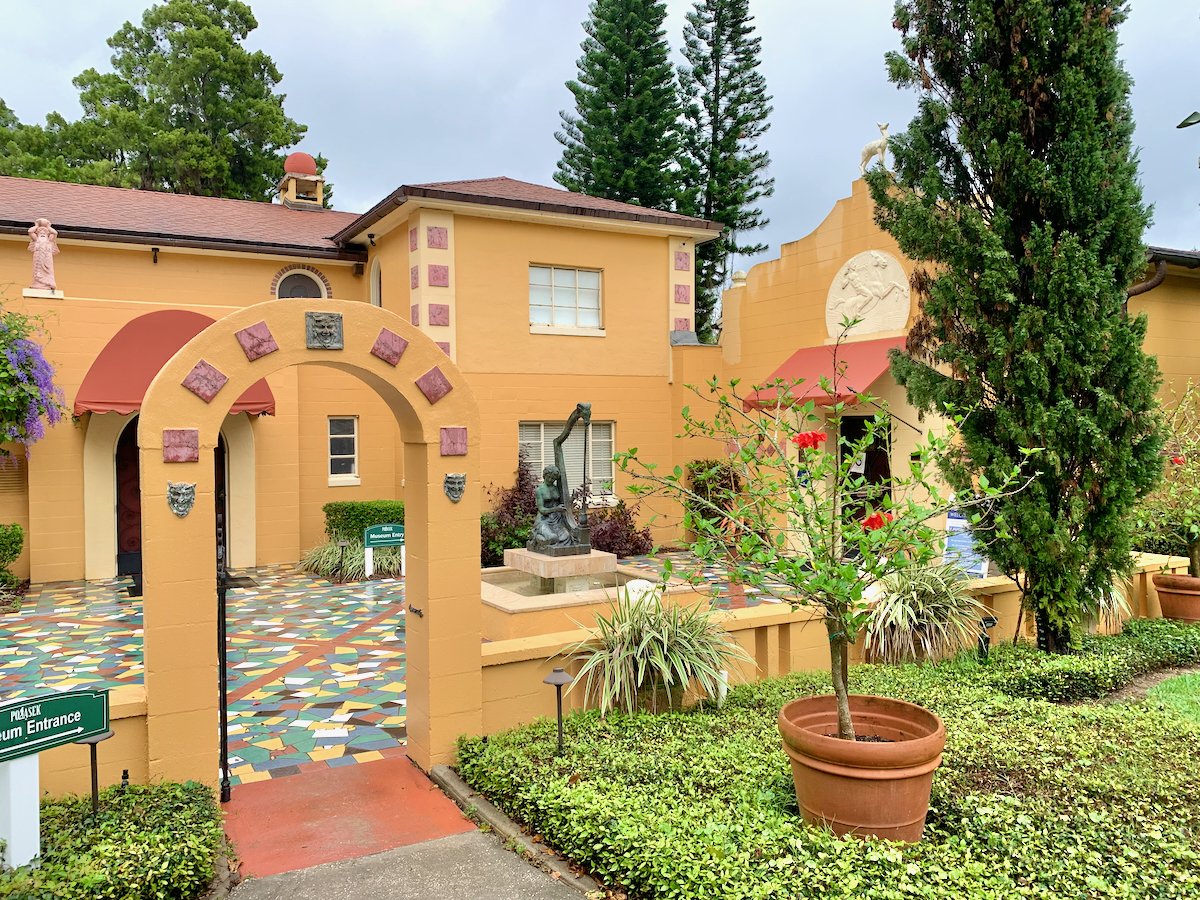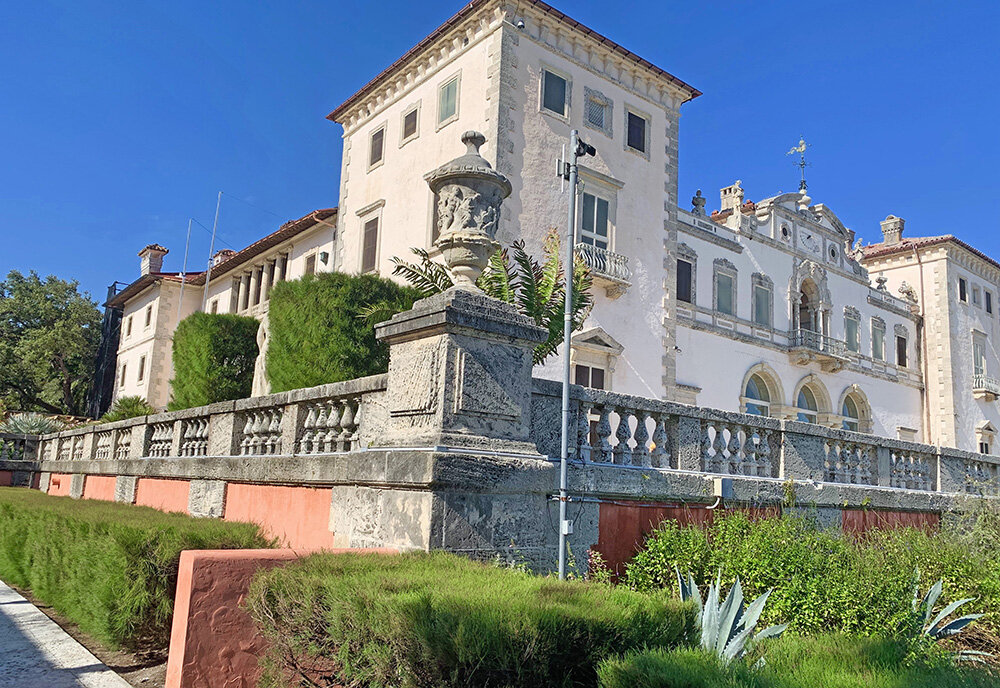Inventors' Gardens: Edison and Ford Winter Estates
/The Edison and Ford Winter Estates is a wonderful place to visit for gardeners and those interested in history, science, engineering, and automobiles. These lovely homes and gardens were the former homes of master inventor Thomas Edison and automobile magnate Henry Ford. The property includes 20 acres of gardens, historic buildings, a museum, and the 1928 Edison Botanical Research Laboratory. Open to the public since 1947, Edison Ford is one of the most visited historic home sites in America.
World-renowned inventor Thomas Edison first came to Fort Myers in 1885 in search of a warm escape from cold northern winters. He purchased more than 13 acres along the Caloosahatchee River, and shortly after he designed his plan for a winter retreat, including houses, a laboratory, and extensive gardens. The estate became known as Seminole Lodge and was enjoyed by Edison, his new wife, Mina, and their family for six decades. The Edisons hosted many friends, including Henry Ford, Harvey Firestone, and president-elect Herbert Hoover, and they purchased the adjacent house for a guesthouse. They also converted an original cracker-style house that was onsite into their caretaker’s cottage. It was one of the oldest buildings in Fort Myers and had been used by cattlemen as they drove their herds south.
Henry Ford was a close friend of Edison since the 1890s. When he and his family visited the Edisons in Fort Myers in 1914, they also fell in love with the area. In 1916 Ford purchased the Craftsman bungalow next door and named it The Mangoes. The property included lush grounds with citrus trees and a rose garden that Ford’s wife, Clara, planted.
The museum at the Edison and Ford Winter Estate
In 1927 Edison, Ford, and Firestone became concerned about America’s dependence on foreign rubber sources for its industrial enterprises. They formed the Edison Botanic Research Corporation whose mission was to find a plant source of rubber that could be grown and produced quickly in the US. A research laboratory was built on the Edison estate and acres of plants were grown. After testing more than 17,000 plant samples, Edison eventually selected goldenrod as the most suitable.
This 100-year old banyan tree was a gift from Harvey Firestone, and began as a 4’ tall sapling. It is now the 3rd largest banyan tree in the world, at 3/4 of an acre in size. It has to be pruned regularly to keep it from encroaching on neighboring buildings.
In 1947 Mina deeded the estate to the City of Fort Myers. All of the historic structures, including the homes, gardens, and other buildings, have been restored to the 1929 time period. You will find more than 1,700 plants on the property representing 400 species from six continents. Some of the most notable include a banyan tree planted in the 1920s and reputedly the largest in the US, allées of elegant royal palms planted by Edison, a palmetum of 60 species of palms, and more than a dozen varieties of bamboo. Some of the bamboo is original to the grounds and was used by Edison in his light bulb experiments.
A collection of beautiful orchids greets you at the entrance to the grounds. Orchids can be seen growing on the trunks of palms throughout the gardens. Adjacent to Edison’s study is the Moonlight Garden, designed in 1929 by landscape designer Ellen Biddle Shipman. Filled with night-blooming fragrant shrubs and flowers, the garden features an ornamental pool that reflects the moonlight. A tropical fruit orchard features citrus, sapote, tamarind, papaya, lychee, longan, guava, jackfruit, loquat, calamondin, and starfruit. The Edisons and Fords shared a passion for growing their own food, and the tradition continues today in the Heritage and Community Gardens.
When you visit the Edison and Ford Winter Estates, sign up for a guided tour — the guides are all historians who provide wonderful background information and anecdotes about the Edisons, Fords, and the property. Be sure to tour the museum and laboratory, and visit the onsite plant nursery and gift shop.
Edison and Ford Winter Estates, 2350 McGregor Blvd., Fort Myers, FL 33901 239-334-7419 edisonfordwinterestates.org
You Might Also Like



